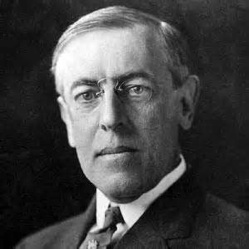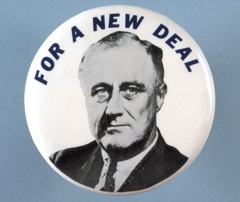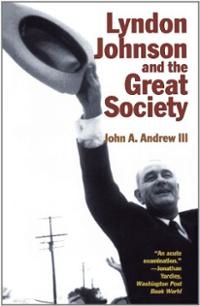From Independence to Dependency
Shortly after sending last week’s column to the printer, I read this in Ron Rozell’s My Boys And Girls Are In There:

“They were proud people who kept to themselves, did for themselves, and resented intruders, even from those wishing to assist them. They kept their distance from society in general and specifically society outside the boundaries of Rusk County. Especially after the tragedy.
“Several of the oil companies offered to pay for caskets and funerals in the days following the explosion. Some parents let them; others only agreed to let the companies cosign loans at area banks. Still others refused altogether, figuring it was their responsibility, and theirs alone, to bury their dead.”
Rozell’s book is about the March 18, 1937, explosive destruction of the New London, Texas, school building. More than 300 students and teachers died in that worst school tragedy ever in the United States.
The quoted paragraphs describe more eloquently than my feeble attempts last week to explain the self-reliance of Americans well into the first part of the last century.
Unfortunately, by the time of the New London tragedy, class warriors were hard at work to put a Marxist spin on the constitutional requirement to provide for the general welfare.
Here, for example, is an extremely abbreviated time line for changing general welfare to personal welfare.

February 3, 1913: The 16th Amendment allowing the imposition of a personal income tax became effective. An earlier attempt to impose the tax by legislation had been declared unconstitutional. Now with the constitutional question taken care of, Big Brother was free to keep reaching into the pockets of productive Americans.
Not to worry, however, as the masses were told that there would be a simple 1% tax on net personal incomes above $3,000 with a 6% surtax on incomes of more than $500,000. Only one percent of the population would be taxed. Look how that turned out.
October 24, 1929: Known as “Black Tuesday” and the day the stock market crashed. This began the worst depression ever in the U.S. and became the accelerator on the movement to have Big Brother provide for the personal welfare.

April 8, 1935: Congress enacts The Emergency Relief Appropriation Act of 1935 as a part of President Roosevelt’s New Deal. This resulted in the creation of the WPA at a cost of $13.4 billion for the previously unemployed. In those days, at least, the checks were not free. Recipients had to work for their pay on useful public structures.
August 14, 1935: President Roosevelt signs the Social Security Act authorizing pensions to the elderly. Now junior and sister will no longer be expected to care for their aged parents.

July 30, 1965: President Lyndon Johnson signs the law authorizing Medicare and Medicaid. Now junior and sister have even less responsibility for caring for Mom and Dad.
This cherry picked brief list of specific dates and legislation provides a glimpse of how the intent of the founding fathers to provide for the general welfare has morphed into providing personal welfare.
These moves have spawned the alphabet soup of IRS, SSA, HUD, H&HS, and DE. Could that be the reason for a 17 trillion dollar deficit?
So here’s the perspective.
In a few short years we have gone from a self-sufficient, self-supporting society to a society of dependency.
This is best illustrated by a recent conversation with a friend from Houston.
She told me that one of her daughters-in-law is a physician. She had been quite liberal until the day she saw a 12 year old girl give birth to twins.
When the babies’ grandmother came in and was told she was the grandmother of twins, they expected to hear something like, “Oh, let me see the little darlings.” What they heard, however, was, “Oh Boy! Two more checks.”
The doctor is now a conservative.
enough





